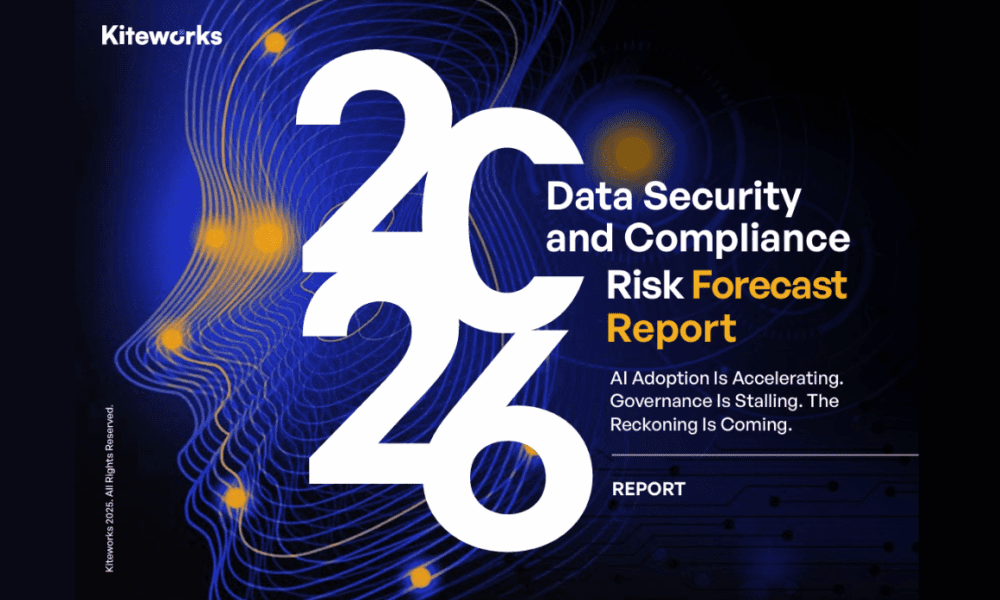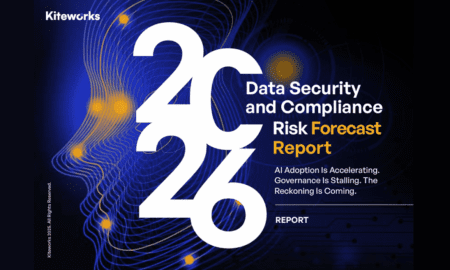Cryptocurrency markets are well known for their volatility, with prices often fluctuating swiftly depending on various market sentiment and regulatory changes. Predicting price movements of digital assets has become both challenging and alluring; traders, investors, and analysts all face this same dynamic environment when trying to predict these movements accurately. While some might see crypto price prediction as mere fortune telling or divination; there’s actually science behind successful forecasts beyond mere speculation.
Understanding the factors affecting cryptocurrency prices and applying various analytical techniques to improve predictions can substantially enhance accuracy. In this article, we delve into the science of effective crypto price predictions – with key principles and methodologies behind effective forecasting strategies being examined in depth.
Market Analysis and Sentiment Predicting crypto price predictions often starts with conducting in-depth market analyses that consider trends, sentiment, indicators and potential sources. Professional traders and analysts regularly follow social media channels such as forums or news sources in order to measure investor sentiment or identify any emerging trends that could potentially alter review our latest price prediction.
Technical Analysis
Technical analysis plays an essential part in forecasting cryptocurrency prices by examining historical price data to recognize patterns, trends and key support and resistance levels. To do this effectively traders use technical indicators like moving averages, relative strength index (RSI), Fibonacci retracement levels to help identify possible entry and exit points for transactions.
Fundamental Analysis Fundamental analysis involves examining the core drivers that influence cryptocurrency value, including technology, adoption rate, development progress and macroeconomic trends. Analysts conduct detailed assessments on individual projects to ascertain their long-term viability and growth prospects.
Machine Learning and Artificial Intelligence (AI) have proven themselves invaluable tools in forecasting cryptocurrency prices, using large volumes of historical data combined with complex algorithms to detect patterns or trends that would remain undetected to human analysts.
Sentiment Analysis
Sentiment analysis is another key aspect of cryptocurrency pricing prediction. By scanning social media posts, news articles and online forums for specific keyword searches that pertain to specific cryptocurrency prices, sentiment analysis algorithms can quickly gather a comprehensive picture of market sentiment as well as identify any trends or shifts within it.
Historical Data Analysis
One of the core components of successful cryptocurrency price forecasting lies in an evaluation of historical data, specifically price movements, trading volumes and market trends to find patterns and correlations that help predict price movements in future periods. Advanced statistical techniques like time series analysis or machine learning algorithms may be employed in order to glean meaningful insight from large amounts of historical information.
Sentiment Analysis
Understanding market sentiment is another essential aspect of successfully forecasting crypto prices. Market sentiment can be greatly influenced by news stories, social media updates and public sentiment analysis – thus the term sentiment analysis refers to measuring overall mood and emotions among market participants about specific cryptocurrencies
Fundamental Analysis
Fundamental analysis involves evaluating a cryptocurrency’s intrinsic value by considering factors like technology, team composition and partnerships as well as real world use cases. It borrows heavily from traditional financial markets in its approach but applies this knowledge specifically to crypto to determine long-term viability and potential for expansion.
On-Chain Analysis
On-chain analysis involves studying data recorded directly onto a blockchain network. This type of analysis offers insight into transaction volume, wallet activity and token distribution metrics recorded within its blockchain database. On-chain data provides analysts with an in-depth perspective into a cryptocurrency’s ecosystem by showing them its actual usage and adoption levels.
Economic Indicators
Successful price predictions also take broader economic indicators into account. Cryptocurrencies do not exist in isolation from global economic forces and events like inflation, interest rates or geopolitical developments can have profound consequences for their respective markets.
Machine Learning and Artificial Intelligence
Machine learning (ML) and artificial intelligence (AI) technologies have become an invaluable asset when predicting crypto prices, processing vast amounts of information faster than human analysts could do, while discovering patterns or correlations that would otherwise go undetected.
Machine learning models such as regression analysis, decision trees and neural networks are used to construct predictive models based on historical and real-time data. Over time these machines learn and adapt to changing market conditions to provide even higher accuracy over time.



































